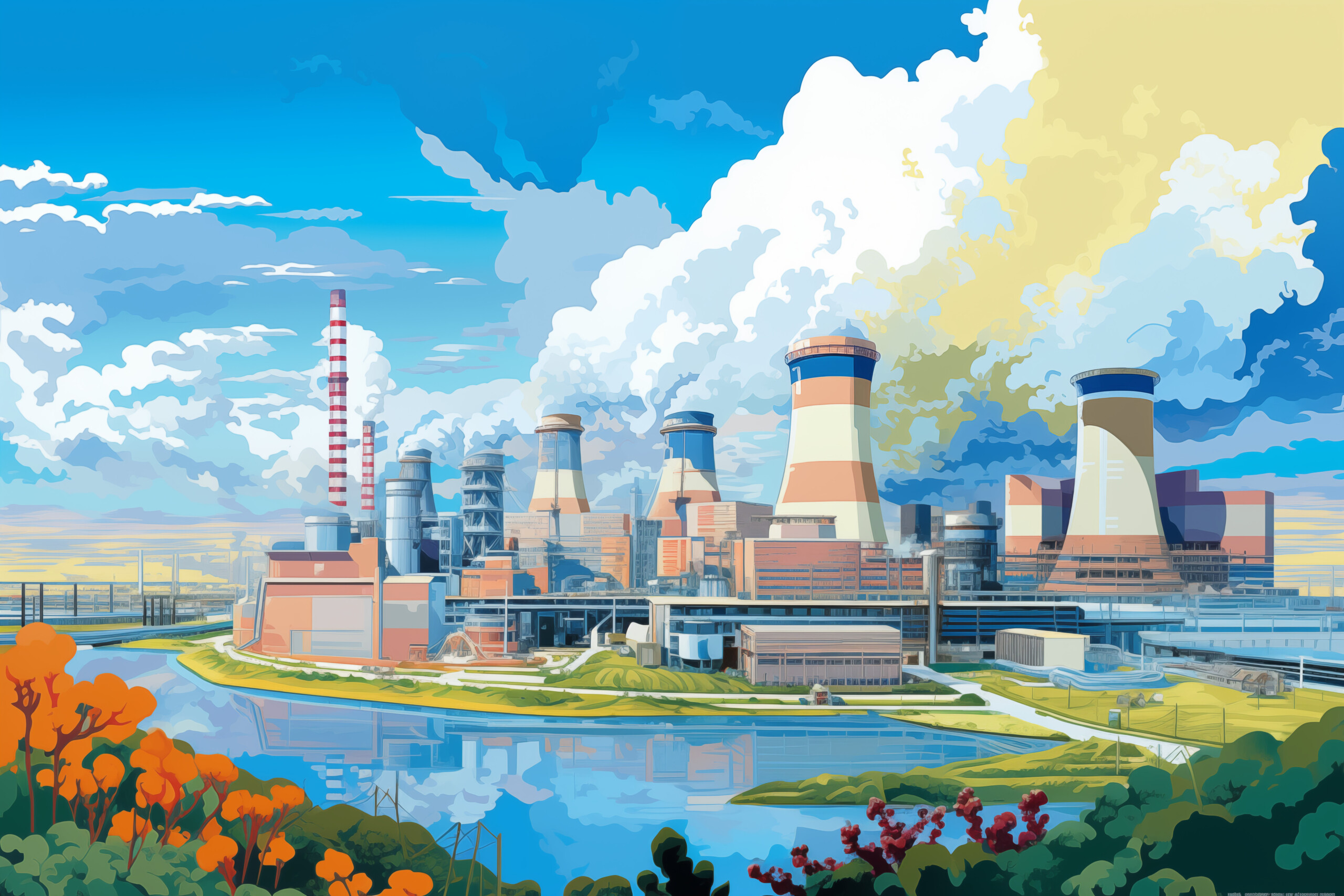I attended the United Nations’ COP28 climate summit in the United Arab Emirates last week to represent market-based climate solutions. While I heard plenty of unrealistic solutions to the climate challenge we face, I returned to the United States optimistic about the future.
As a climate advocate who believes in market competition, I can tell you that exporting US innovation, instead of succumbing to pushes for massive wealth transfers, is how we catalyze economic prosperity while reducing worldwide emissions. Many of the solutions at COP28, to be sure, focused on having the United States and other developed nations subsidize the world’s energy consumption or prematurely divest from fossil fuels. There was even a panel on “responsible yachting,” which is especially out-of-touch.
Yet, there was also a silver lining that we haven’t seen at previous COPs. This was the first summit at which nuclear energy truly played a central role. In Dubai, 22 countries, totaling more than 50 percent of global gross domestic product, pledged to triple their nuclear power production by 2050. In a similar vein, the nuclear industry had a much larger seat at the table than usual.
Though the usual climate activists criticized the industry having a larger seat, the fact that they were there shows a growing realization that tackling climate change is impossible without energy industry players at the table. Although several of my fellow conference attendees wanted to permanently excommunicate the energy industry from the conversation, the industry, fortunately, had a prominent voice at COP28.
We must realize that blindly throwing money at climate change, banning things, and picking winning and losing technologies will deliver the worst outcomes at the highest cost. Market forces are much better than central planning for lowering emissions—without destroying the economy—in developing countries that are the fastest-growing sources of emissions. Further innovation in the nuclear field, for instance, to drive down costs and increase efficiency would be a climate game-changer on the world stage.
Encouraging innovation is the best path toward rapidly and affordably cutting emissions, and the United States has been paving the way. It was encouraging, despite the conference’s flaws, to see this on display at COP28. I was able to watch sessions on the importance of carbon capture technology and private sector leadership—areas we don’t always hear about in the mainstream climate discourse.
The United States has led the world in reducing emissions because of innovation, specifically fracking and horizontal drilling that created a glut of cheap natural gas. Switching from coal to natural gas cuts carbon emissions. Building nuclear plants produces abundant clean electricity. The United States has led before, and we can do so again.
That’s why calls to stunt US economic growth by paying ever-greater sums to foreign countries are wrong. The answer is helping US innovators develop and deploy the cheapest and cleanest energy technologies so that they can be exported around the world. We shouldn’t predetermine what those technologies are. To reduce emissions, we’ll need carbon capture and storage, hydrogen, next-generation nuclear and geothermal energy, and possibly even technologies that haven’t been invented yet.
The way we facilitate this innovation isn’t by distorting the market with subsidies, regulations, or mandates. The way we facilitate this innovation is by getting the government out of its own way. That means permitting reform to make it easier to build energy projects, transmission reform to get more clean energy on the grid, and reform of the Nuclear Regulatory Commission so that the United States can take nuclear energy leadership back from autocracies like China and Russia.
Ultimately, we need an approach that lets the market pick the cheapest and cleanest alternatives that the United States can export around the world. That’s a win for our economy and the environment. It’s also the only serious approach to tackling the emissions problem.

